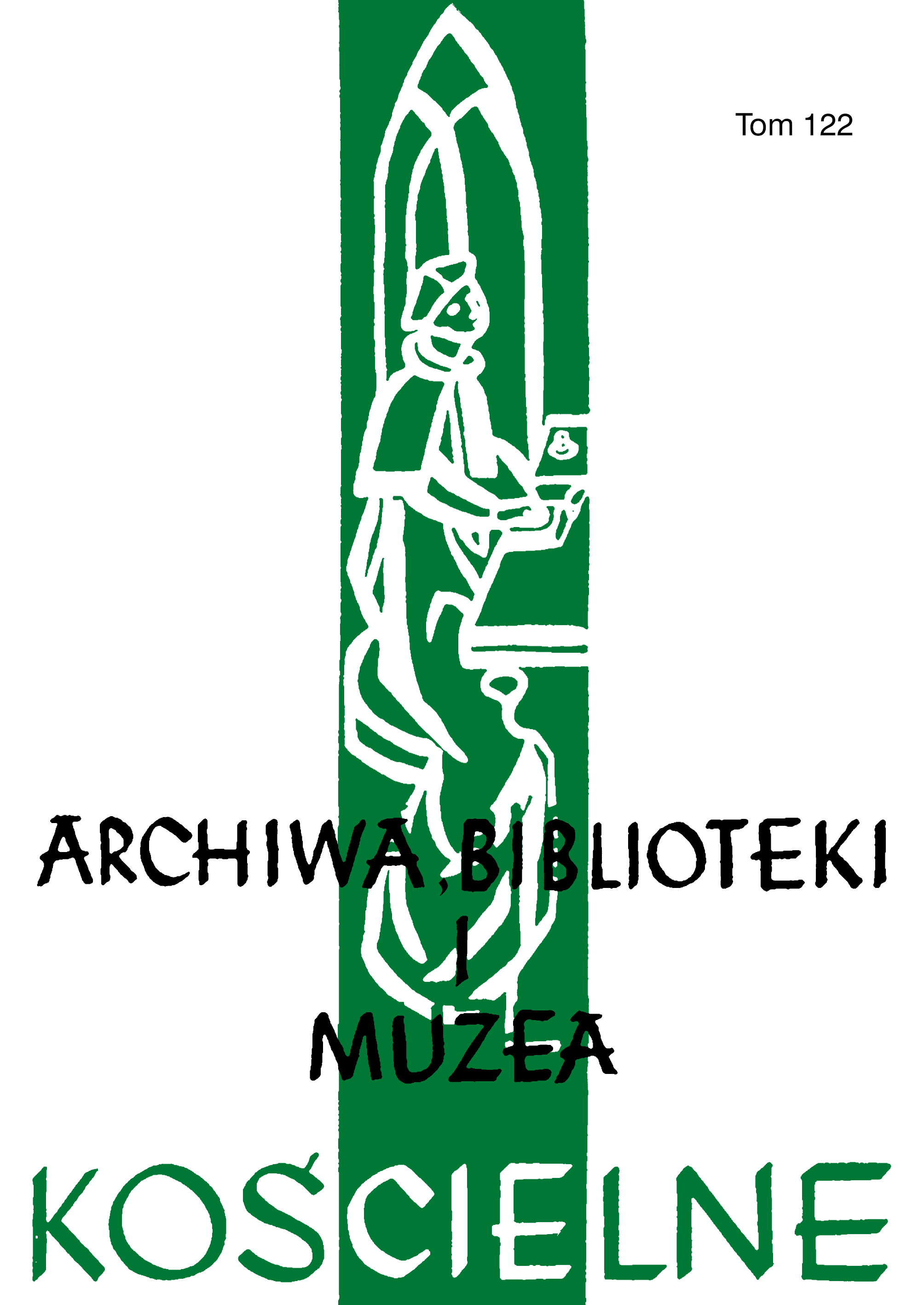Powstanie i dzieje monasteru Przemienienia Pańskiego w Kobryniu do końca XVI wieku
The Origin and History of the Monastery of the Transfiguration of Jesus in Kobryn Until the End of the 16th Century
Author(s): Antoni MironowiczSubject(s): History, Other, Theology and Religion
Published by: Katolicki Uniwersytet Lubelski Jana Pawła II
Keywords: Transfiguration Monastery of Kobryn; Kobryn; Prince of Kobryn Semen Romanovich;
Summary/Abstract: The study is devoted to the foundation and the oldest history of the Transfiguration Monastery in Kobryn, which played an important role in the history of the Orthodox Church in the 15th and 16th centuries. Prince of Kobryn Semen Romanovich founded the Transfiguration Monastery in his castle, making a bequest to the monastery before 1460. The Transfiguration Monastery in Kobryn developed dynamically until the middle of the 16th century. The monastery’s endowments and privileges have been confirmed by the rulers several times. In the early 1640s, the monastery was stripped of part of its endowment. We obtain the most information about the Transfiguration Monastery in Kobryn from the monastery’s vetting of 20 December 1562, which was part of the inspection of Kobryn’s economy conducted early the following year. At that time there were four Orthodox parishes in Kobryn. Two bishops of the Turów-Pińsk Diocese originated from the Kobryn monastery – Vasyan and Jonasz. At the end of the 16th century, the Kobryn archimandry was treated by the rulers as a distribution of goods to their subjects for merits to the country, including lay people. The attitude of the Kobryn monastery to the changes taking place in the Orthodox Church in the second half of the 16th century and to ecclesiastical union was determined by the attitude of its individual superiors and the policy of the bishops of the Volodymyr–Brest and Turów-Pińsk dioceses. The Ordinary of the Diocese of Volodymyr-Brest is known to have been one of the supporters and implementers of ecclesiastical union. The ruler of Turów-Pińsk was also an advocate for the union. After the Union of Brest, the Transfiguration Monastery became a Basilian monastery, whose superiors were often diocesan ordinaries.
Journal: Archiwa, Biblioteki i Muzea Kościelne
- Issue Year: 2024
- Issue No: 122
- Page Range: 257-287
- Page Count: 31
- Language: Polish

